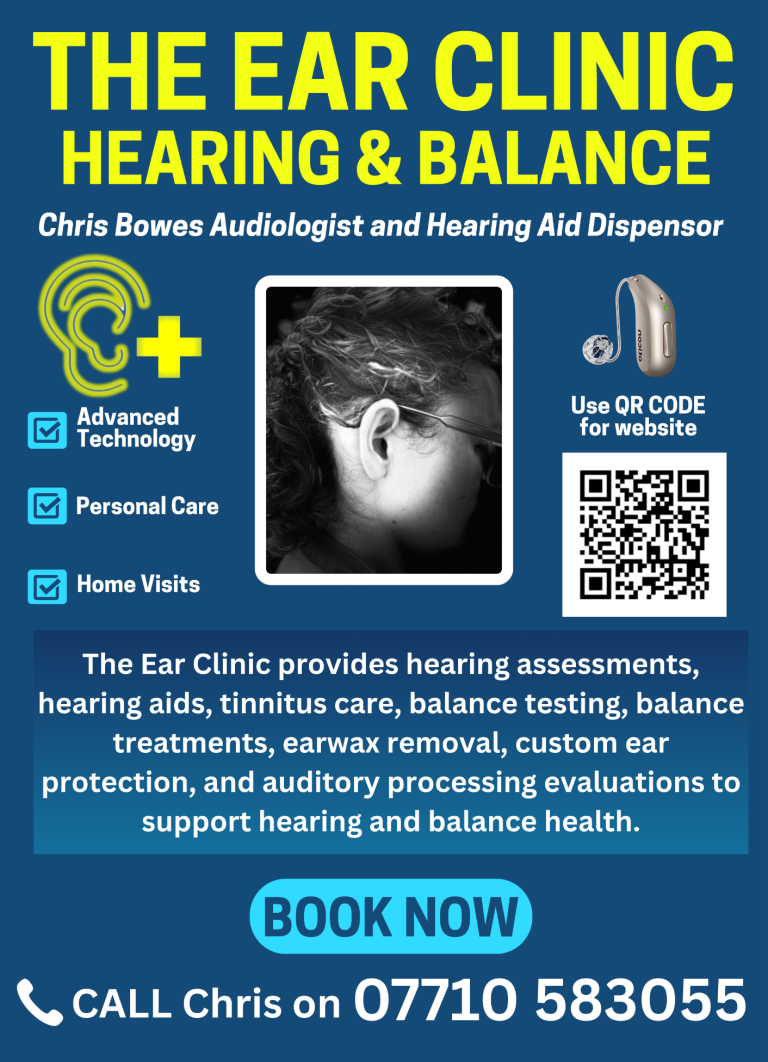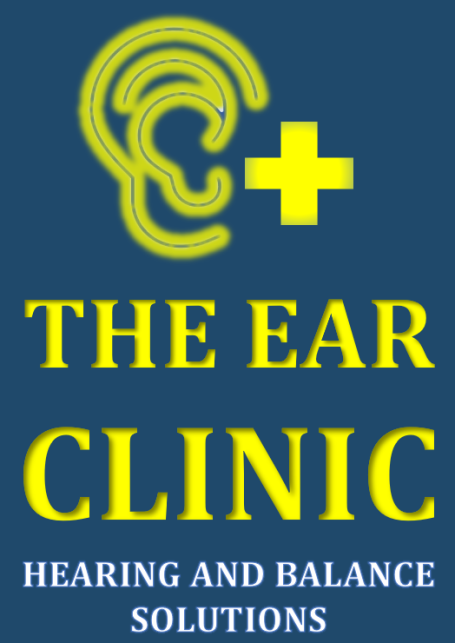How we hear
Hearing is a fascinating process that allows us to connect with the world, understand speech, and enjoy the sounds around us. It all begins with sound waves—vibrations in the air that travel to our ears.
When sound waves reach the outer ear, they are funneled through the ear canal to the eardrum, a thin membrane that vibrates in response. These vibrations are then passed to the middle ear, where three tiny bones—the malleus, incus, and stapes—amplify the sound. The stapes sends the vibrations into the inner ear, specifically to the cochlea, a spiral-shaped organ filled with fluid and thousands of microscopic hair cells.
Inside the cochlea, these hair cells play a crucial role. As sound waves move through the fluid, the hair cells bend and trigger electrical signals. These signals are sent through the auditory nerve to the brain, which interprets them as recognisable sounds—voices, music, alarms, or laughter.
Hearing loss occurs when any part of this system doesn’t function properly. If hair cells in the cochlea are damaged or lost, they can’t send signals effectively, making sounds unclear or difficult to hear. If the tiny bones in the middle ear don’t move well, sound may not reach the cochlea properly. Some types of hearing loss can be helped with hearing aids or medical treatment, while others require specialized hearing rehabilitation.
Even if you experience hearing loss, advancements in hearing aid technology and therapies can help you regain clarity in communication and reconnect with the sounds you love. Understanding how hearing works is the first step to finding the best solutions for your needs!

How we hear speech in noises. It’s all about the brain. 🧠
Chris discusses how we hear speech in noise and the role of the brain.
Background noise reducing features in hearing aids and the impact on the brain 🧠
Chris discusses hearing aid features that reduce background noise and how this can support the brain when the hearing fitting is customised to the individual.

Content Coming Soon!


Enhancing Lives Through Better Hearing
Expert Audiology Care Tailored to You
At The Ear Clinic, we specialise in providing comprehensive audiology services, including wax removal, hearing tests, and personalised hearing aids, ensuring a better quality of life for our clients.

How do we offer the BEST Audiological Practice?
Audiological Diagnostic Tests
- Pure-Tone Audiometry – Measures hearing sensitivity across different frequencies.
- Speech Audiometry – Assesses speech understanding at varying volume levels.
- Threshold Equalizing Noise (TEN) Test – Identifies cochlear dead regions and helps adjust amplification strategies.
- Video Otoscopy – Uses a digital otoscope to capture real-time images or video of the ear canal and eardrum, aiding in diagnosis and patient education.
Hearing Aid Fitting & Verification
- Real-Ear Measurements – Ensures hearing aids are correctly programmed by measuring sound levels inside the ear.
- Hearing Aid Verification & Validation – Confirms the effectiveness of hearing aids in improving hearing.
- Speech Mapping – Uses real-ear measurements to visualize how speech sounds are processed by hearing aids.
- Aided Assessments – Evaluates hearing ability while wearing hearing aids.
Speech & Noise Testing
- Auditory Contrast Threshold (ACT) Test – Measures the ability to distinguish speech from background noise.
- Quick Speech in Noise (QuickSIN) Test – Estimates how well speech is understood in noisy environments.
- Unaided Speech Testing – Assesses speech recognition without amplification to establish a baseline for hearing aid benefit.
Subjective Assessments (examples)
- Client Oriented Scale of Improvement (COSI) – Helps identify specific listening situations where the patient wants improvement.
- Abbreviated Profile of Hearing Aid Benefit (APHAB) – Measures the benefit of hearing aids in different listening environments.
- Hearing Handicap Inventory for the Elderly (HHIE) – Assesses the social and emotional impact of hearing loss.
- Characteristics of Amplification Tool (COAT) – Helps determine the best hearing aid options based on patient preferences and needs.
©Copyright. All rights reserved.
We need your consent to load the translations
We use a third-party service to translate the website content that may collect data about your activity. Please review the details in the privacy policy and accept the service to view the translations.
